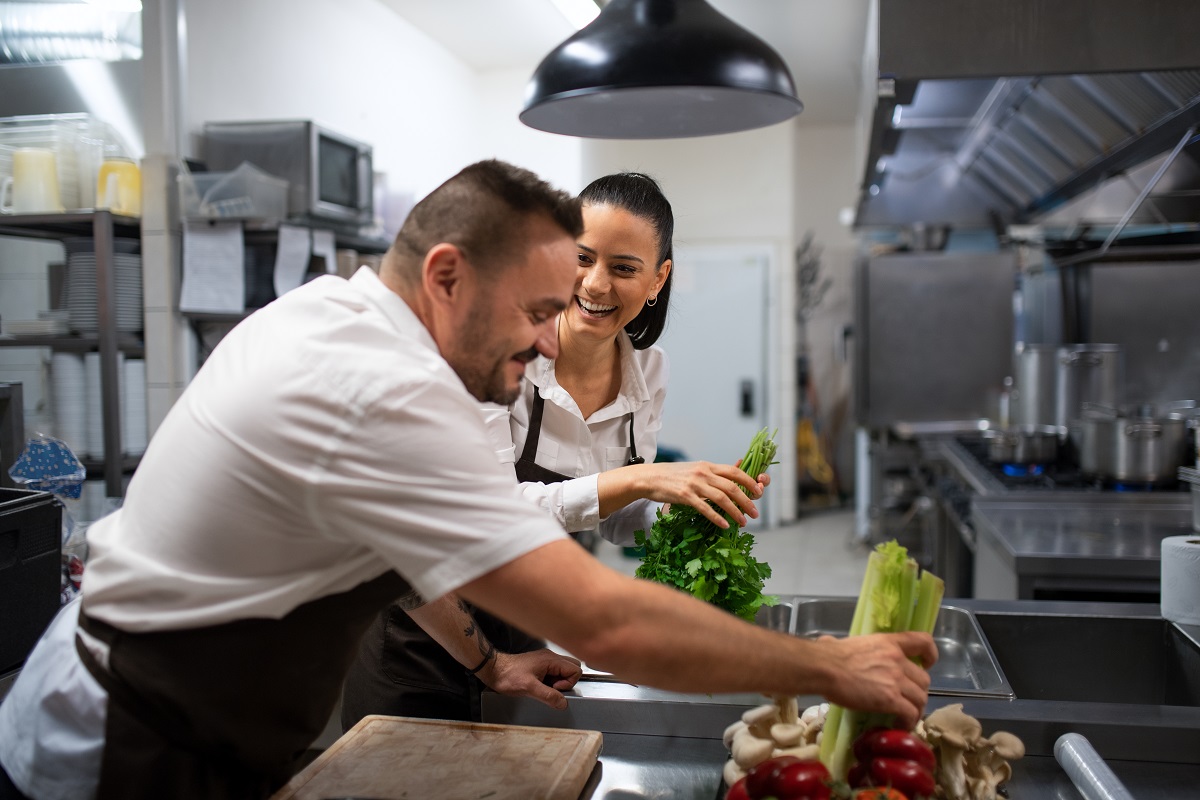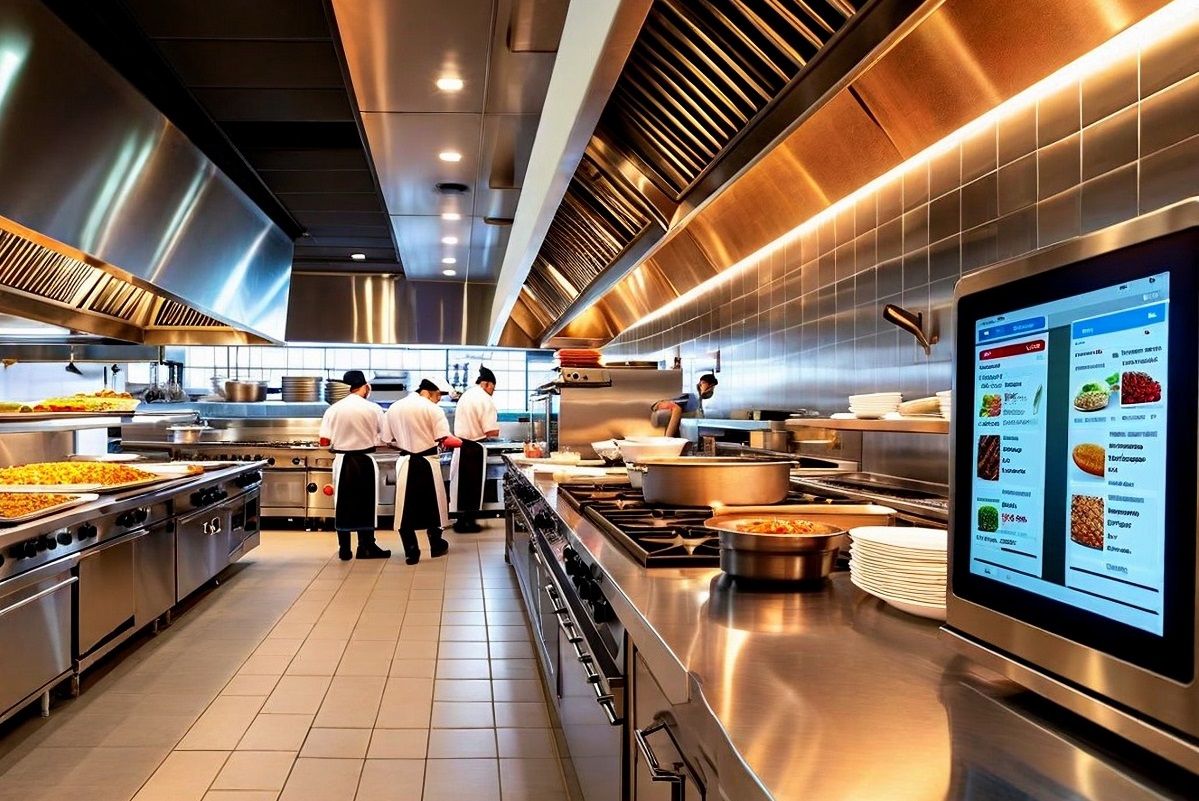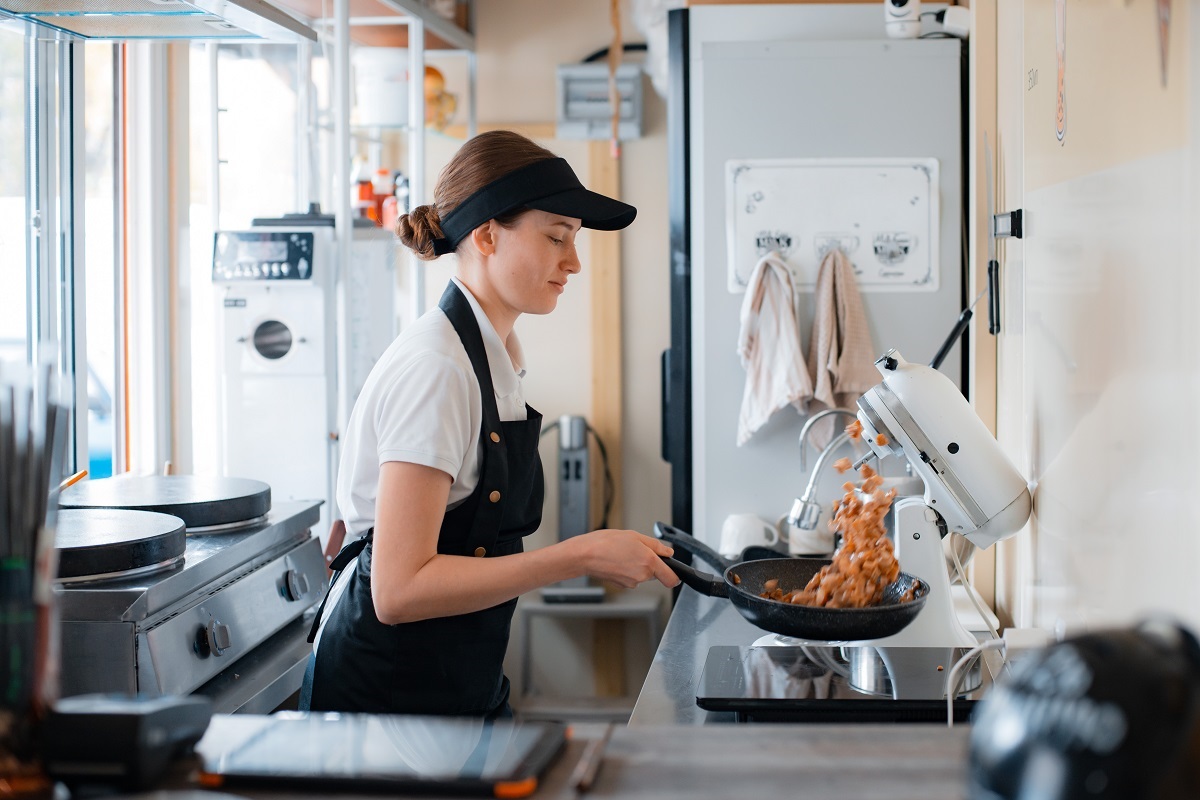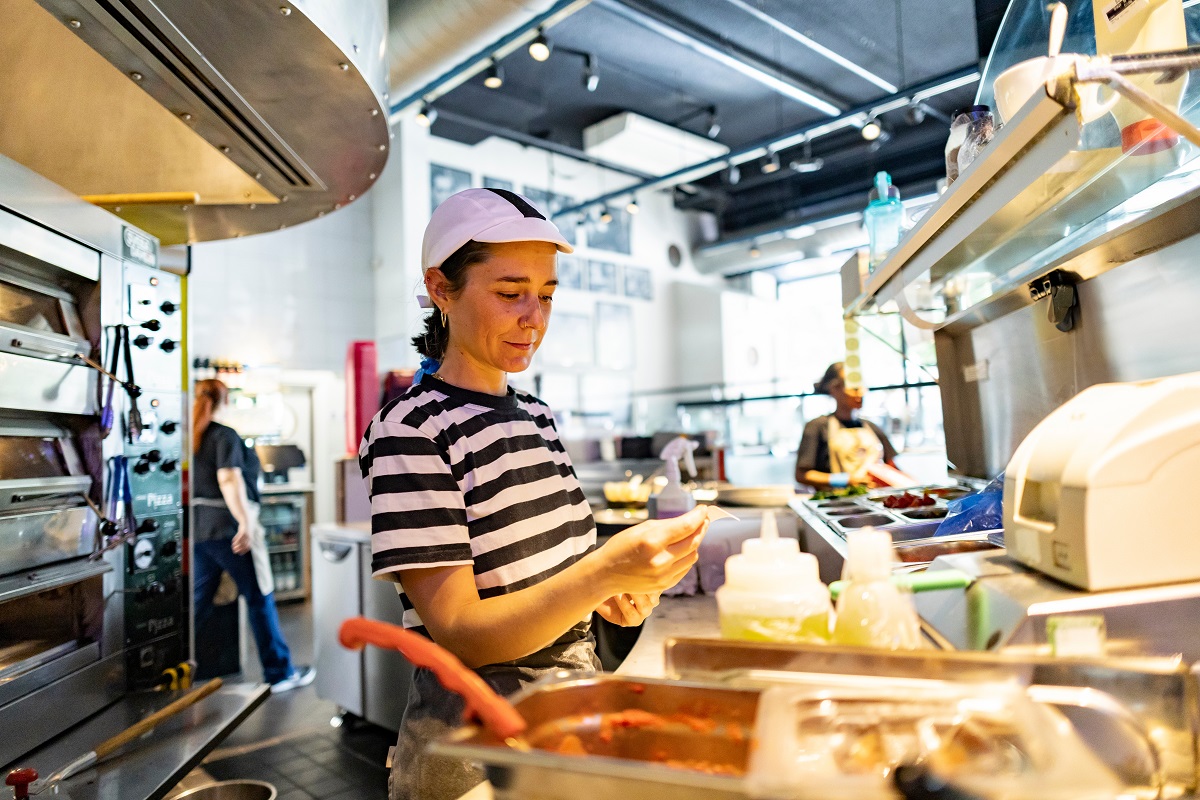By Jeff Kiesel, CEO, Restaurant Technologies
This article originally appeared in Manufacturing Tomorrow, March 2017. Click here to view.
The future of IoT in the very competitive food service space relies on the innovations of applications which provide clear ROI or have a strong business case. It is a pennies business and each application will need to stand on its own.
How would a restaurant utilize the internet of things?
IoT and smart, connected devices have successfully infiltrated the consumer market. It has made its way into restaurants across the globe, bringing the promise of bolstering connectivity within the kitchen and between front-of-house (FOH) and BOH employees – ultimately changing the way work is handled. IoT applies to restaurants to monitor the equipment that cooks, cleans or stores food. Currently there is smart kitchen equipment that measures many pieces of cooking equipment- fryers, grills, ovens, etc. whereby the circuit boards provide prompts to take action (e.g. filter cooking oil) or to closely monitor temperature. IoT becomes important if one wishes to see ‘above the store’ or, in other words, export data outside the restaurant to monitor remotely or to compare one restaurant to another. Above the store data collection also allows the combination of several pieces of data to combine into new information. At Restaurant Technologies, we collect data about cooking oil usage to drive our dynamic distribution of oil (we deliver only when our customers need cooking oil) and provide information to our customers which helps them analyze usage and even alert them via text if they use too much cooking oil. Some customers supply us with how much food goes into the fryer enabling us to calculate a food to oil ratio which is a good efficiency and food quality metric. We also have an IoT service which monitors fryer filtration events, giving our customers real-time information if their restaurant staff is adhering to their fryer management standard operating procedures.
Is it a costly process to set up a system?
It is not costly to set up our IoT system compared to the value delivered both to us and our customers. We look forward to adding more IoT measurement capabilities which will provide information to our food service customers with a very fast return on investment.
Are the devices readily available today and are they specific to the restaurant industry?
We utilize cellular device transmission units which are standard in other industries. The real value is in data transformation to useful information the restaurant industry.
What data could be consumed and why?
Equipment performance plus various combination of data, as described above, help/will help restaurants be more efficient, have less food waste, produce more consistent food, enforce standard operating procedures, simplify managers jobs, etc.
What is the business case of utilizing technology within a food service/restaurant?
Cost savings, improved management practices, consistent food, better equipment utilization, reduced energy costs, increased employee engagement/morale are some of the benefits.
Do you have some specific examples of restaurants that are benefiting from the tech upgrades?
All of our restaurants benefit from the tech upgrade. Visit our website at https://www.rti-inc.com/case-studies/ to read all of our customer stories.
What is the future of IoT in food service? Why?
The future of IoT in the very competitive food service space relies on the innovations of applications which provide clear ROI or have a strong business case. It is a pennies business and each application will need to stand on its own.





